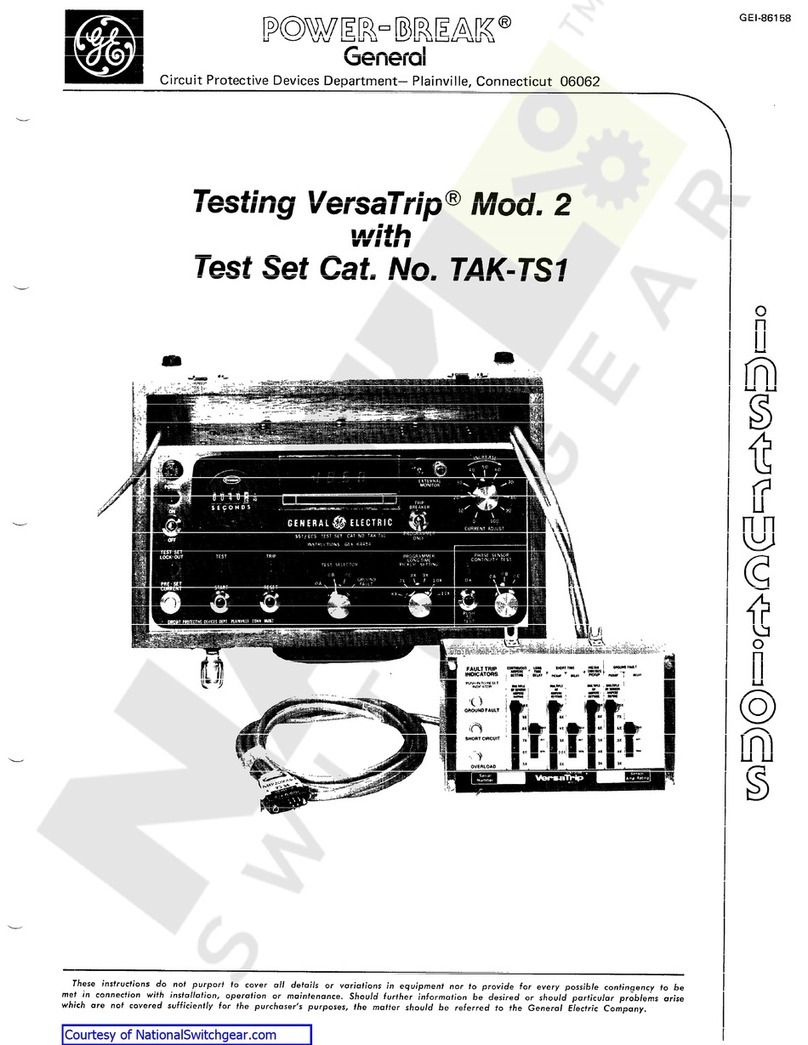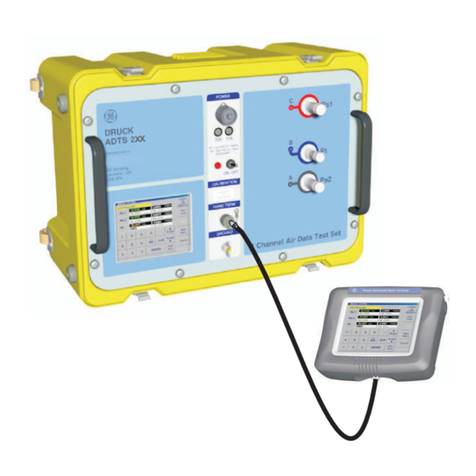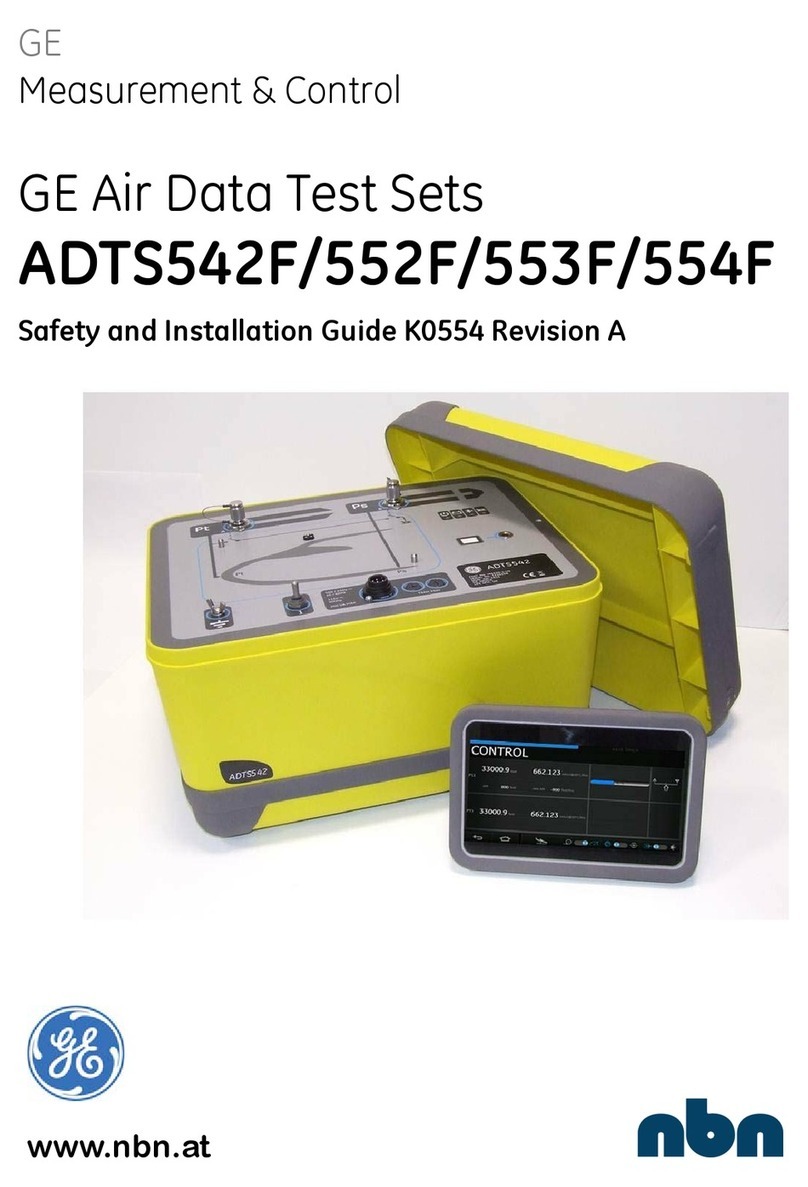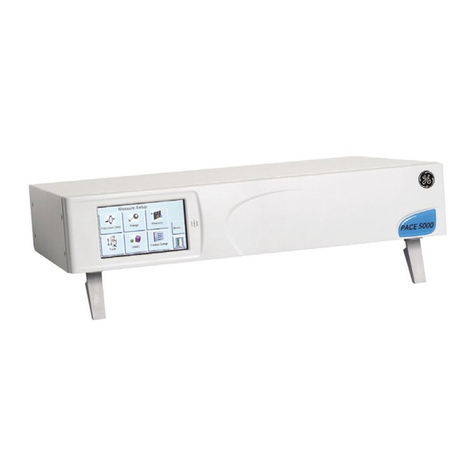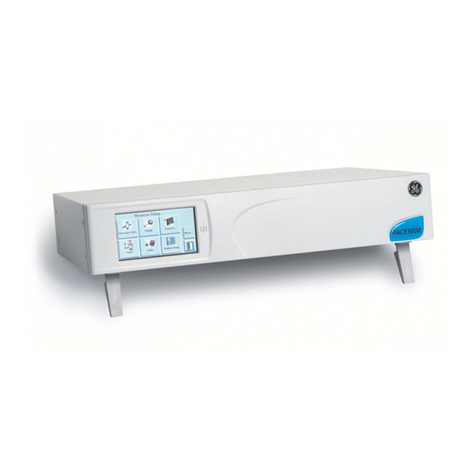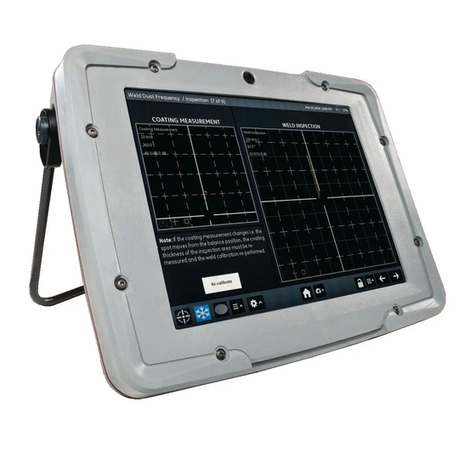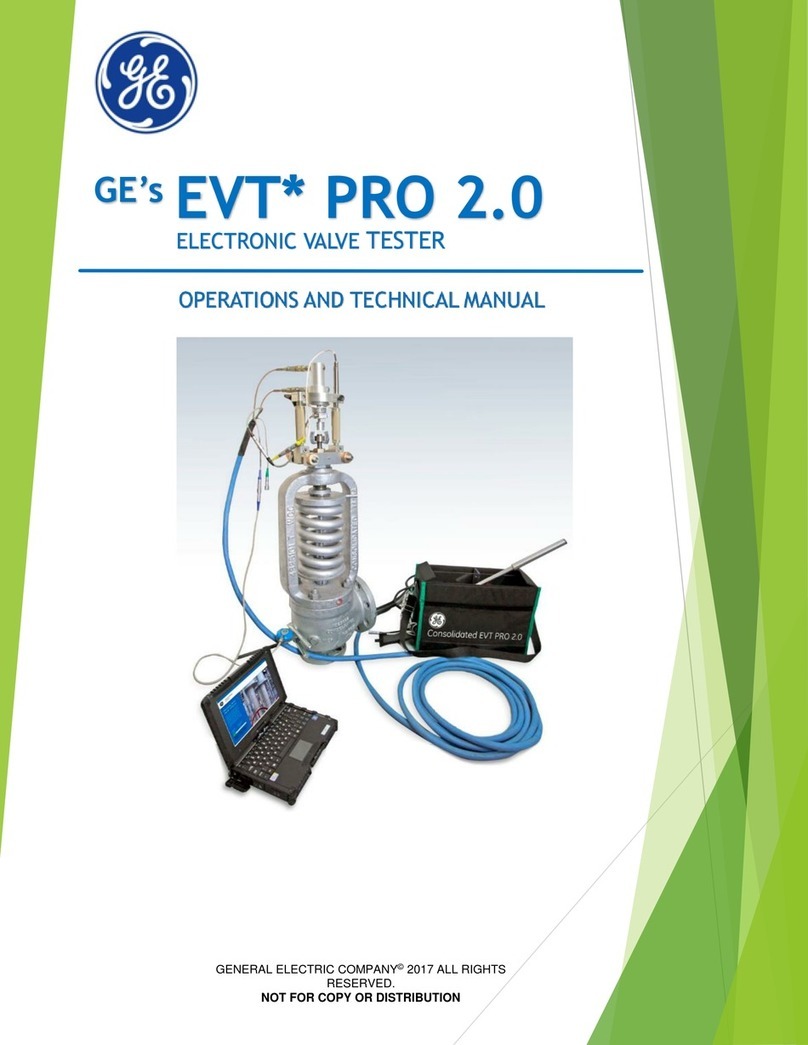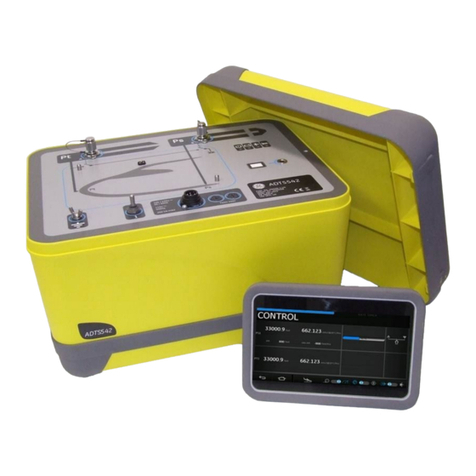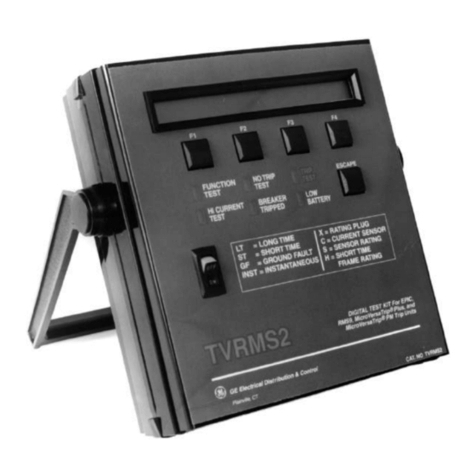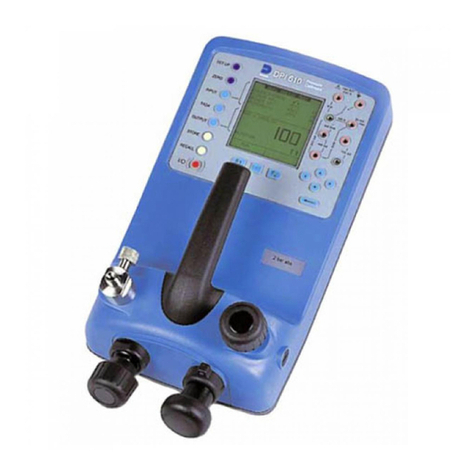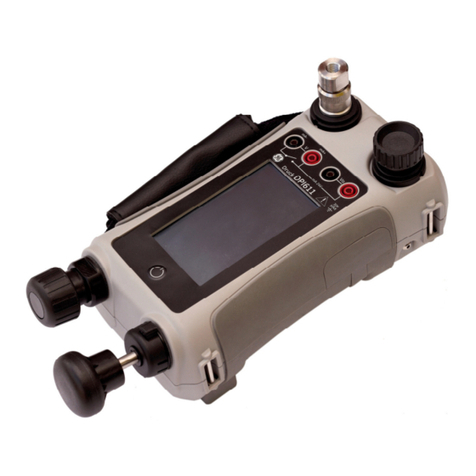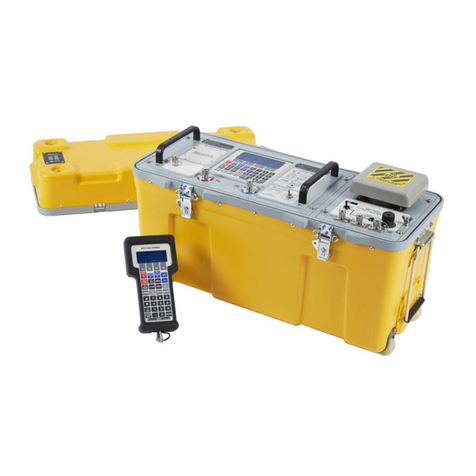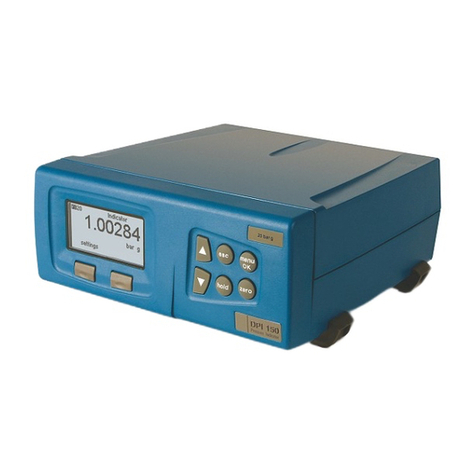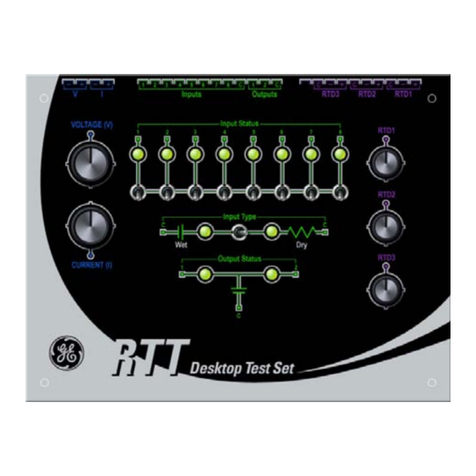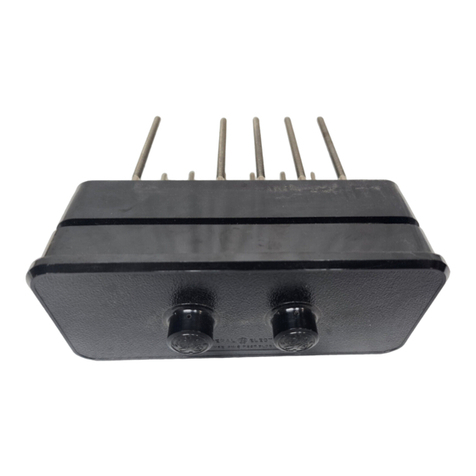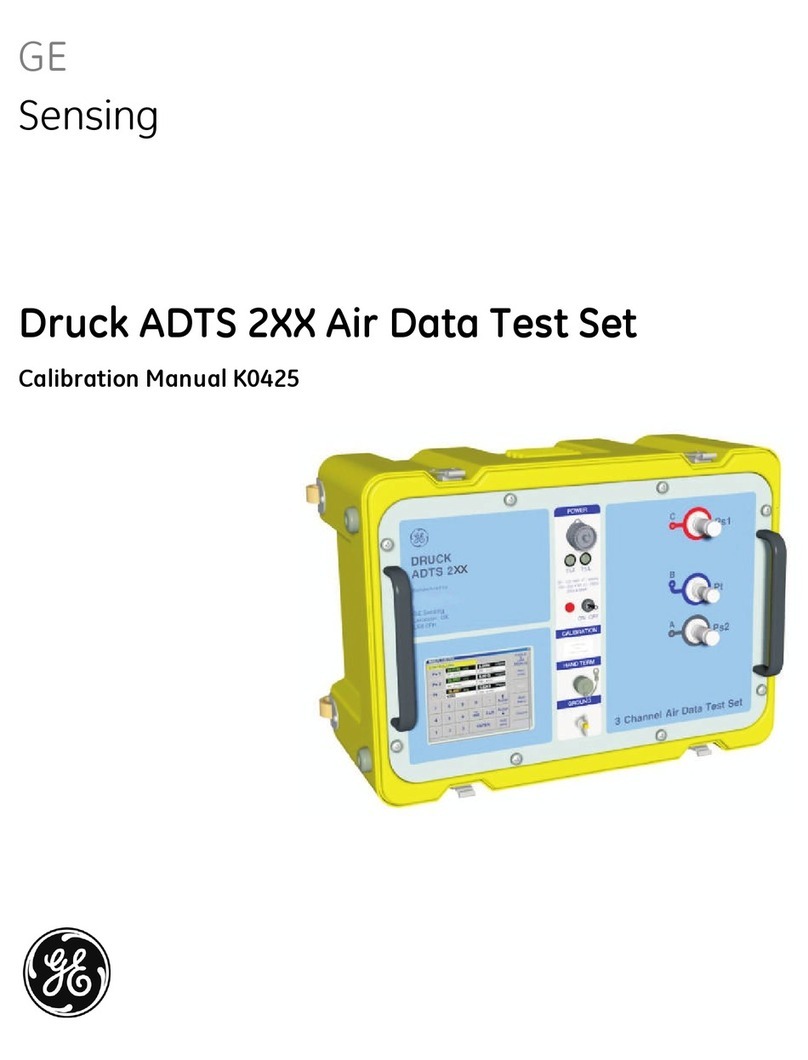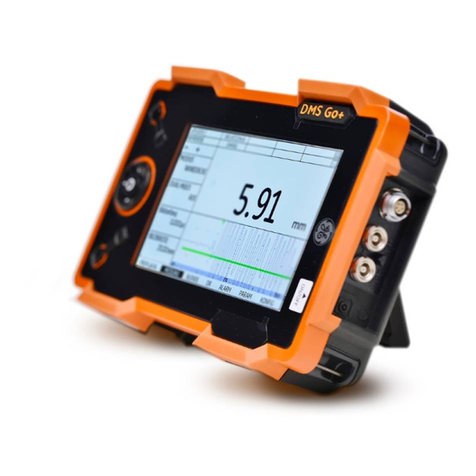
[EN] English - 1
K395 Issue 3
Table of Contents
Introduction ......................................................................... 1
Safety ..................................................................................... 1
Marks and symbols on the instrument ................................. 2
To start .................................................................................. 2
Location of items ............................................................................ 2
Items on the display ...................................................................... 2
Prepare the instrument ................................................................ 2
Power on or off ................................................................................ 3
Set up the basic operation ......................................................... 3
Select a task (Measure and/or supply) .................................. 3
Set up the settings ......................................................................... 4
Edit functions .................................................................................... 4
Operation .............................................................................. 6
Frequency connections ............................................................... 6
Communications port connections ........................................ 6
Measure Hz or count pulses ...................................................... 6
Change the output values .......................................................... 6
Supply Hz or pulses ........................................................................ 7
Transmitter calibration ................................................................ 7
mA measurements ........................................................................ 8
Switch test .......................................................................................... 8
UPM Pressure measurements .................................................. 9
Error indications .............................................................................. 9
Maintenance ..................................................................... 10
Clean the unit ................................................................................ 10
Replace the batteries ................................................................. 10
Calibration ......................................................................... 10
Before you start ............................................................................ 10
Procedures (Hz - input/output) .............................................. 10
Procedures (mA input) ............................................................... 11
Procedures (Amplitude output) ............................................. 11
Procedures (IDOS UMM) ............................................................ 12
Specification data ............................................................ 12
General ............................................................................................. 12
Frequency ....................................................................................... 12
Electrical connectors (A2) ......................................................... 12
Customer service ............................................... Back cover
© Copyright 2020. Baker Hughes Company. This material contains
one or more registered trademark of Baker Hughes Company and
its subsidiaries in one or more countries. All third-party product and
company names are trademarks of their respective holders.
Introduction
The DPI 841 Frequency Calibrator and DPI 842 Frequency
Loop Calibrator are part of the Druck DPI 800 series of
hand held instruments.
The DPI 800 series uses Intelligent Digital Output Sensor
(IDOS) technology to give instant plug and play
functionality with a range of Universal Measurement
Modules (UMM). Example: the Universal Pressure Module
(UPM).
The DPI 841/842 include these functions:
Safety
Before you use the instrument, make sure that you read
and understand all the related data. This includes: all local
safety procedures, the instructions for the UMM (if
applicable), and this publication.
WARNING
• It is dangerous to ignore the specified limits for the
instrument or to use the instrument when it is not in
its normal condition. Use the applicable protection
and obey all safety precautions.
• Do not use the instrument in locations with explosive
gas, vapor or dust. There is a risk of an explosion.
Continued
Function DPI 841 DPI 842
Measure/supply a frequency
or a pulse count.
* Yes
* Refer to “Specification data”.
** Optional item
Step/Ramp functions Automatic/Manual
Communications port IDOS or RS232
Language selection Yes
Measure pressure/Leak test ** External IDOS UPM
** Snapshot Up to 1000 displays with a date/time
stamp
Measure mA No 0 - 55 mA
HART®resistor No Yes
V dc output No 24 V
Switch test No Yes
Other functions Hold, Maximum/Minimum/Average,
Filter, Tare, Scaled values, Backlight,
Alarm












